-
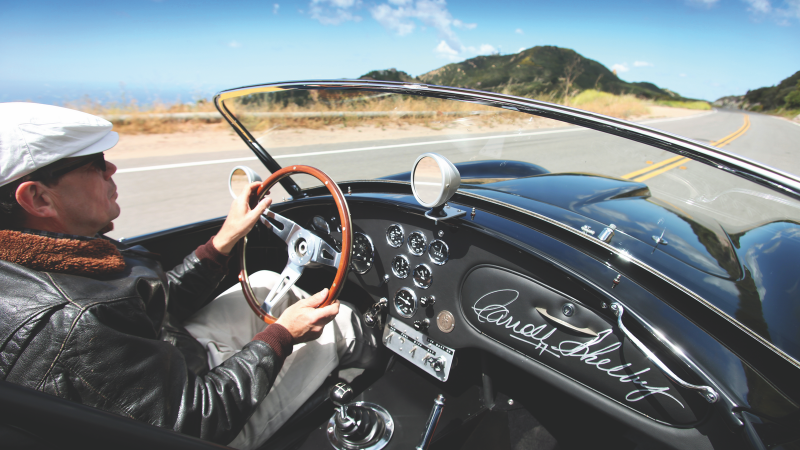 © Tony Baker/Classic & Sports Car
© Tony Baker/Classic & Sports Car -
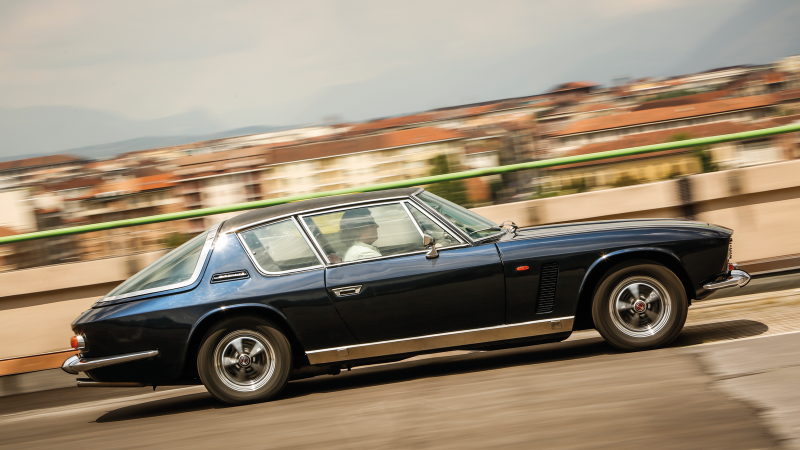 © Tony Baker/Classic & Sports Car
© Tony Baker/Classic & Sports Car -
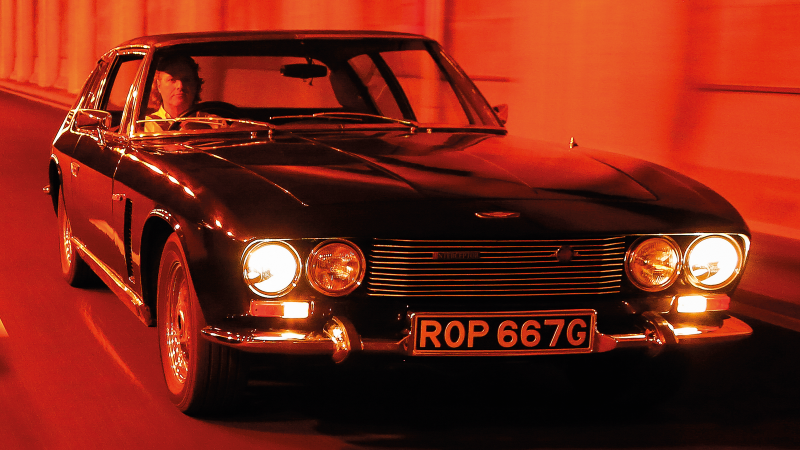 © Tony Baker/Classic & Sports Car
© Tony Baker/Classic & Sports Car -
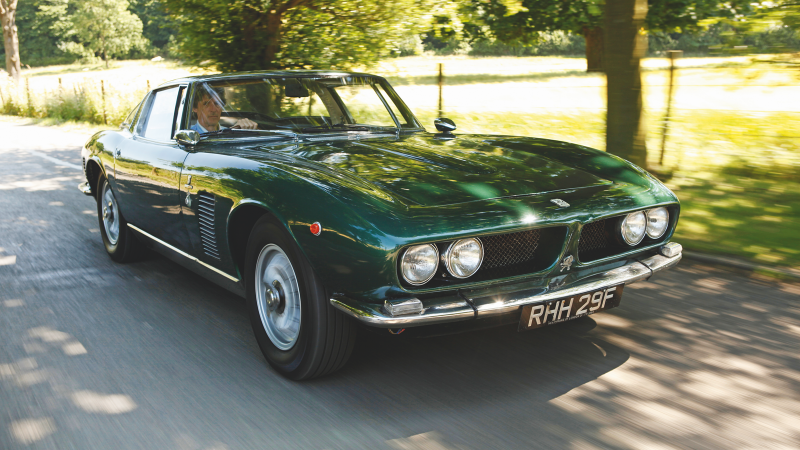 © Tony Baker/Classic & Sports Car
© Tony Baker/Classic & Sports Car -
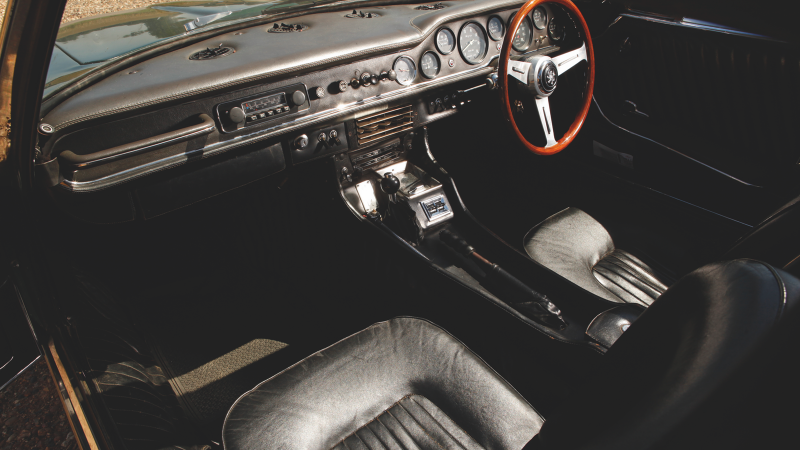 © Tony Baker/Classic & Sports Car
© Tony Baker/Classic & Sports Car -
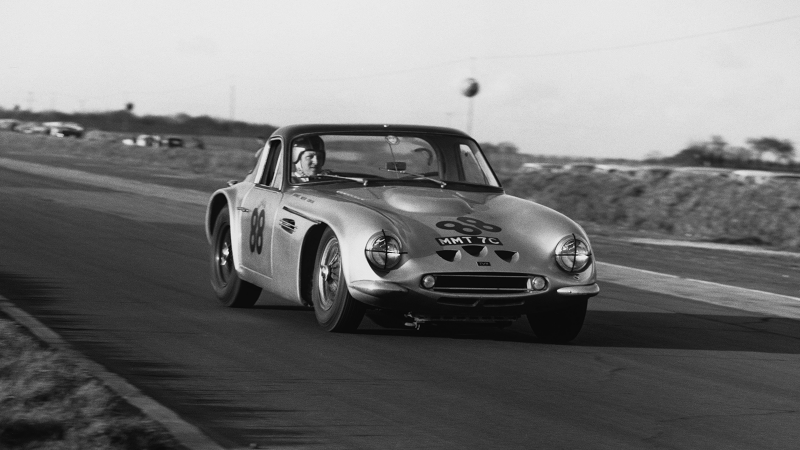 © LAT Photographic/Motorsport Images
© LAT Photographic/Motorsport Images -
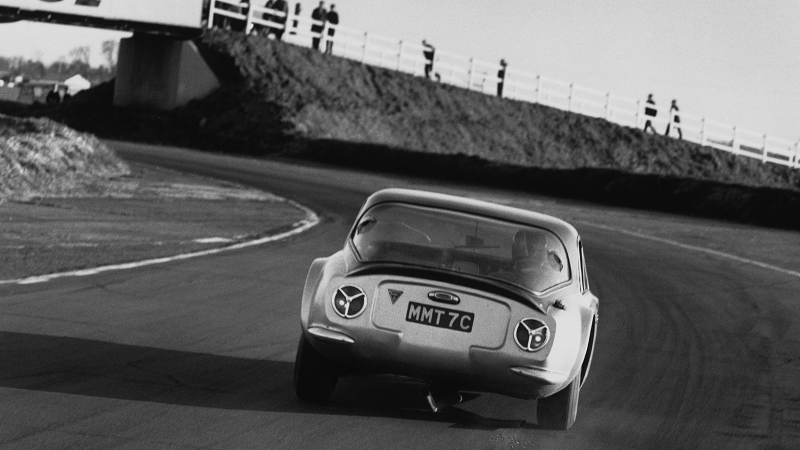 © LAT Photographic/Motorsport Images
© LAT Photographic/Motorsport Images -
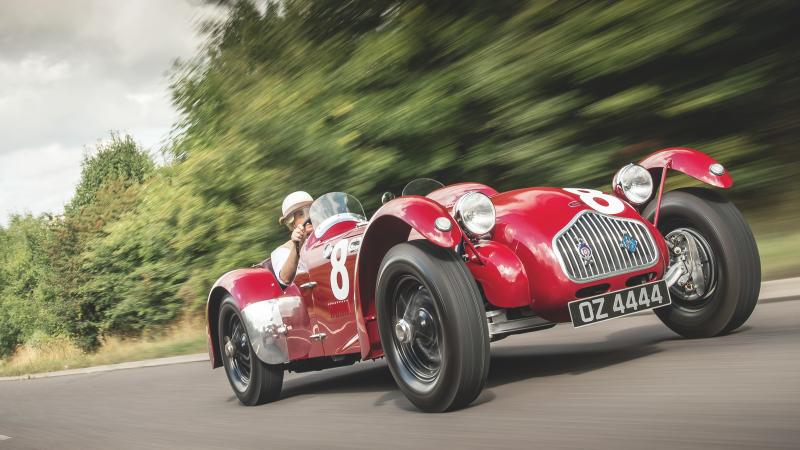 © James Lipman/Classic & Sports Car
© James Lipman/Classic & Sports Car -
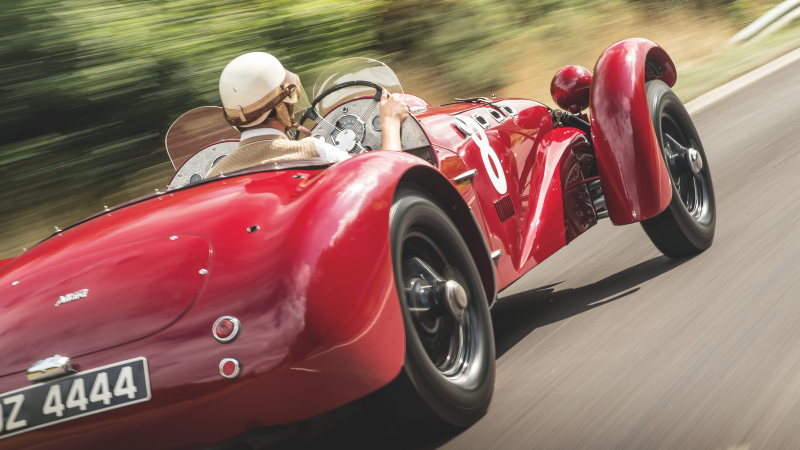 © James Lipman/Classic & Sports Car
© James Lipman/Classic & Sports Car -
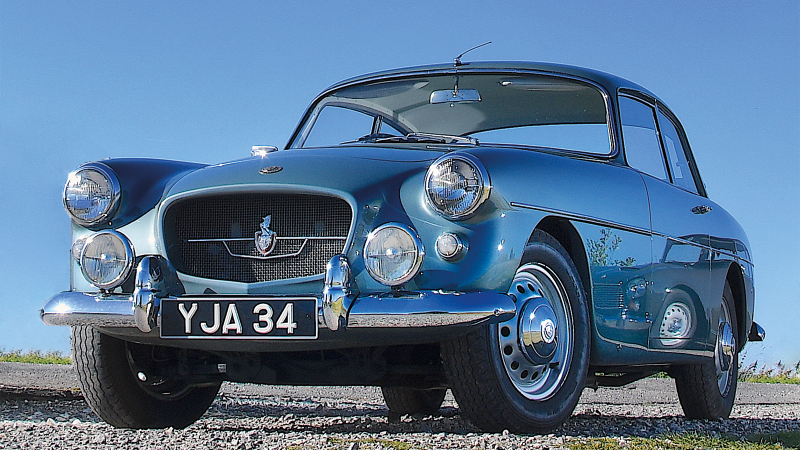 © John Bradshaw/Classic & Sports Car
© John Bradshaw/Classic & Sports Car -
 © John Bradshaw/Classic & Sports Car
© John Bradshaw/Classic & Sports Car -
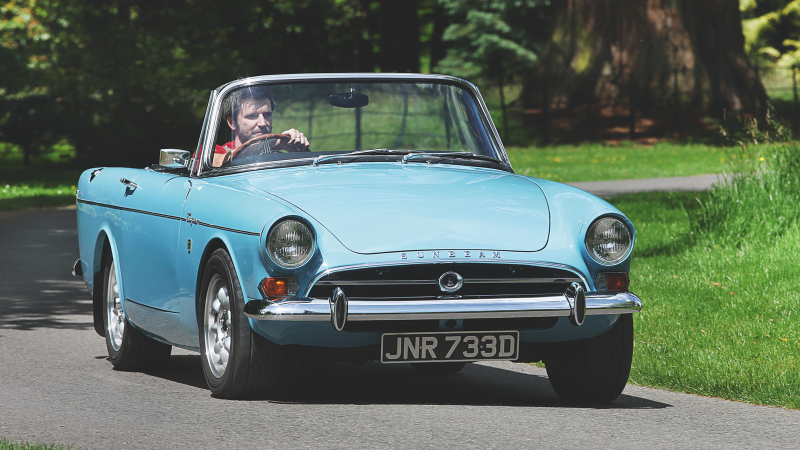 © James Mann/Classic & Sports Car
© James Mann/Classic & Sports Car -
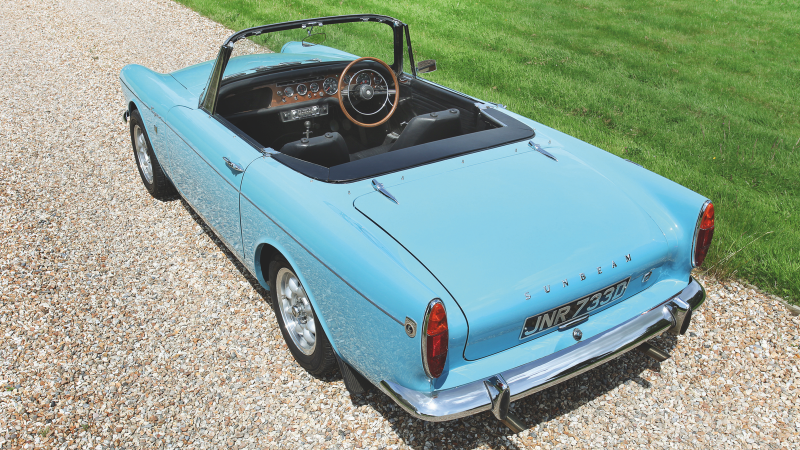 © James Mann/Classic & Sports Car
© James Mann/Classic & Sports Car -
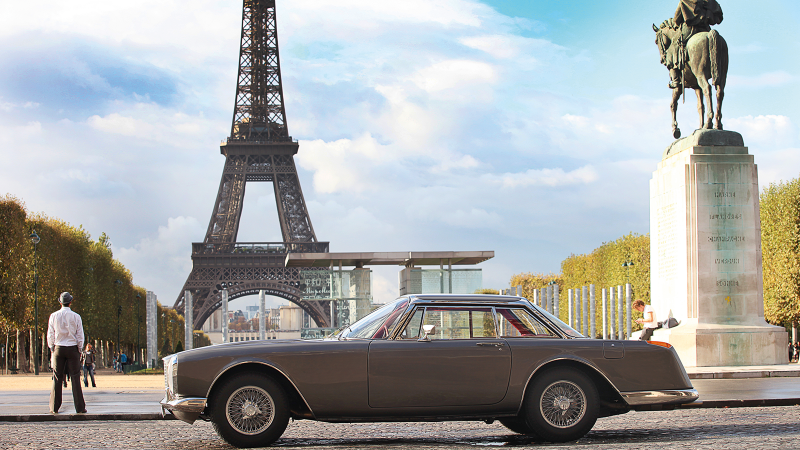 © James Mann/Classic & Sports Car
© James Mann/Classic & Sports Car -
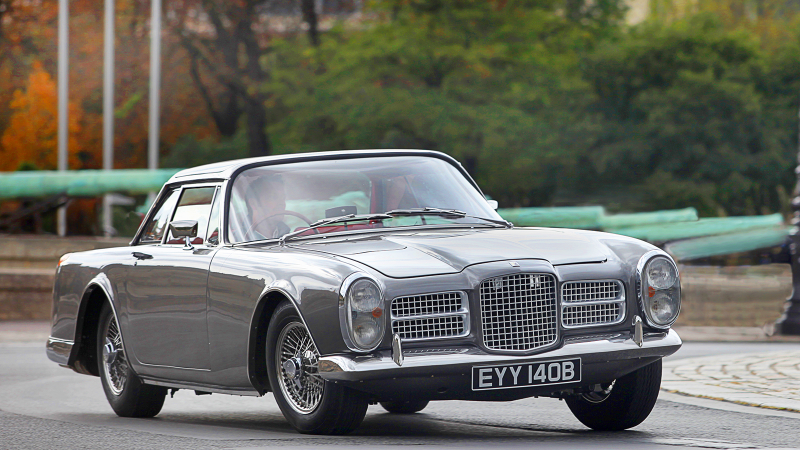 © James Mann/Classic & Sports Car
© James Mann/Classic & Sports Car -
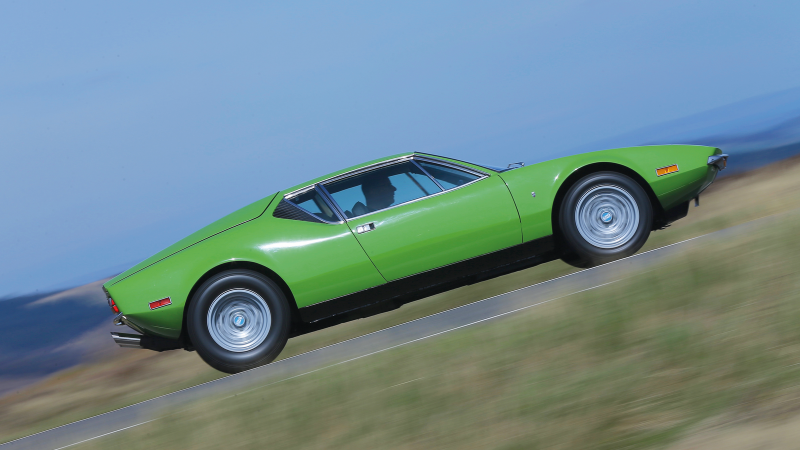 © Julian Mackie/Classic & Sports Car
© Julian Mackie/Classic & Sports Car -
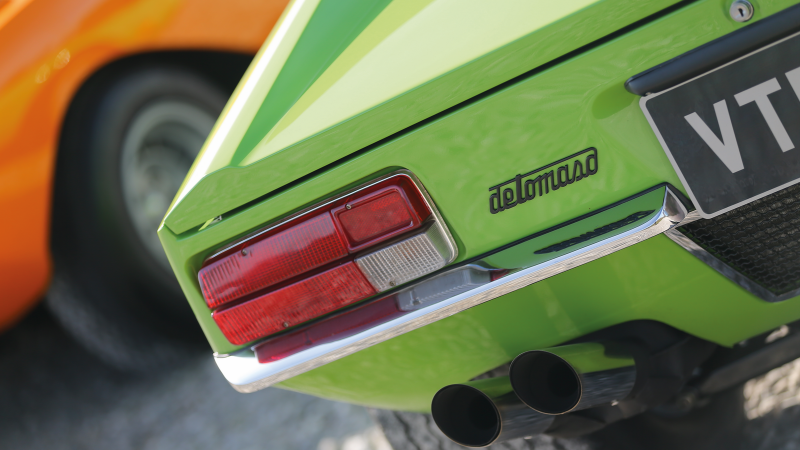 © Julian Mackie/Classic & Sports Car
© Julian Mackie/Classic & Sports Car -
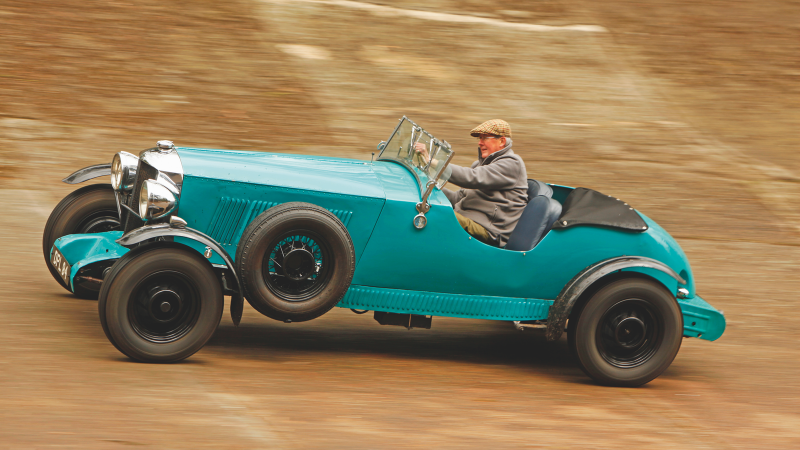 © Tony Baker/Classic & Sports Car
© Tony Baker/Classic & Sports Car -
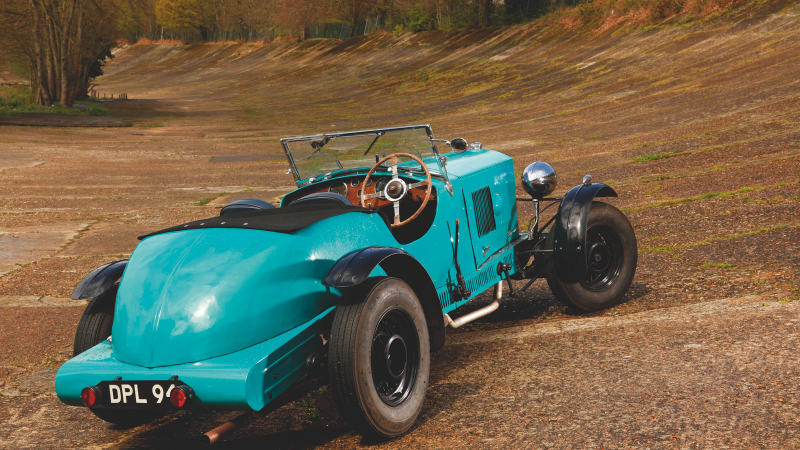 © Tony Baker/Classic & Sports Car
© Tony Baker/Classic & Sports Car -
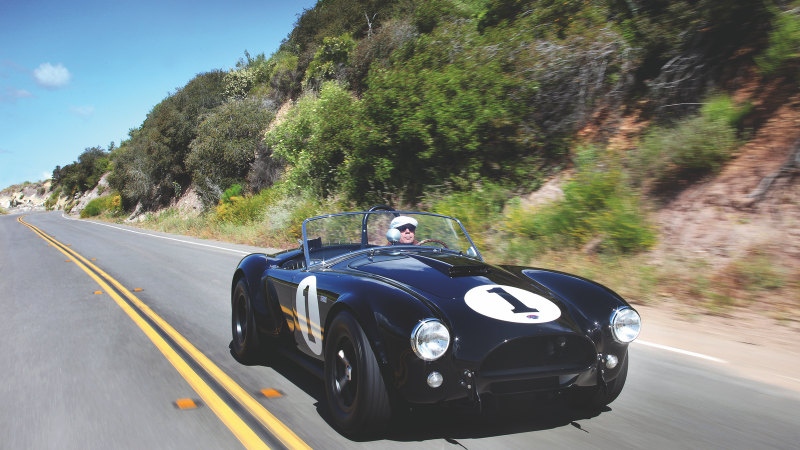 © Tony Baker/Classic & Sports Car
© Tony Baker/Classic & Sports Car -
 © Tony Baker/Classic & Sports Car
© Tony Baker/Classic & Sports Car
-
International collaboration at its finest
Politicians take note: they might be separated by an ocean, but Europe and the USA have done a mighty job over the years when it comes to collaborating on iconic cars.
While the successful formula can often be reduced to ‘European design, American power’, many of the greatest machines benefited from more than just a V8 strapped into the front end – though most were very grateful for the extra performance boost.
Whether pre-War wagons or Italian-American fastbacks, history is littered with titillating trans-Atlantic creations, and it’s frequently been an international combination of creative effort that’s seen them come to fruition.
These, then, are the 10 best Euro-US cars of all time – though the top dog might not be much of a surprise to anyone.
-
10. Jensen Interceptor
In one of the finest examples of Euro/US collaboration, the Jensen Interceptor featured a body that was penned by Touring in Italy, assembled in the UK, then fitted with a vast, all-American Chrysler V8.
That combination of sharp styling and effortless performance made it an immensely capable Grand Tourer – all at a price that, by 1973, undercut the likes of the Aston Martin V8 by more than £2000 (about US$15,000 today).
-
Jensen Interceptor (cont.)
The first two Interceptor incarnations used a 6.3-litre engine, before Jensen upgraded to the even meatier 7.2-litre variant when it was detuned by Chrysler.
In triple-carburettor ‘Six Pack’ form (232 were built between 1971 and 1973) things got heftier still, with an output of 385bhp – though such extreme levels of tune were weren’t entirely in keeping with the smooth, suave style of the Interceptor.
-
9. Iso Grifo
It seems incredible to think that, just a few years before the glorious Grifo appeared, Renzo Rivolta’s Iso company was best known for its bizarre Isetta bubble cars.
Mercifully, things began to change with the Rivolata, a Giugiaro-styled coupé with Chevy V8 power. 1963’s Grifo took things a step further, shortening the wheelbase and mounting the same engine further back.
-
Iso Grifo (cont.)
Five years later came the 7-litre variant, endowing the Grifo with supercar performance to the tune of 390bhp. In either form, though, it was – and remains – a stupendous GT.
It lasted until 1974, the final 34 staying true to the Euro-American tune and being built with Ford’s 5.7-litre Cleveland powerplant.
-
8. TVR Griffith
Britain’s TVR certainly shopped around when it came to finding engines for its pre-M series models. Eleven different units were employed, from MG ‘fours’ to a Ford V6.
By far the wildest, though, was the Blue Oval’s 4.7-litre V8, inserted into the Griffith – from 1963 onwards – and also the later Tuscan.
-
TVR Griffith (cont.)
Named for Jack Griffith, the American trader who’d fitted the engine to his Grantura, the model offered a 0-60mph time of 5.2 secs and, for the abnormally brave or foolhardy, a top speed of 163mph.
Writing in Autosport, John Bolster – a man used to quick cars – stated that the Griffith’s performance was “so vivid that it is almost beyond description”.
-
7. Allard J2
There was nothing sophisticated about racer Sydney Allard’s creations – but they were mightily effective.
Before WW2, he built trials specials based on a Ford V8 frame, and continued with a simple formula thereafter – namely pairing a sturdy chassis with a choice of Ford or Mercury power.
-
Allard J2 (cont.)
By the time the J2 arrived in 1949, most British customers had to settle for Mercury engines, but it was also fitted with overhead-valve V8s from the likes of Cadillac, Oldsmobile and Chrysler.
So capable was the Anglo-American combination that Sydney and American Tom Cole Junior took a Cadillac-powered J2 to third overall at Le Mans in 1950.
-
6. Bristol 407
Bristol established its car division in the aftermath of WW2 using BMW technology, including the German company’s sublime ‘six'. That served it well throughout the 1950s, but eventually the unit ran out of puff, which is when the British company had to look across the Pond.
To Canada, in fact, from where it sourced Chrysler’s 5.2-litre V8 – and the 250bhp unit restored performance prestige at Bristol.
-
Bristol 407 (cont.)
Never one to rush change, the luxury firm carried over the basic shape from the established 406, as well as that car’s chassis – albeit with modified steering and suspension – to create the trans-Atlantic 407.
The best bit? With Canada being part of the Commonwealth, Bristol didn’t have to pay import duties when bringing in engines from there rather than sourcing them directly from the USA.
-
5. Sunbeam Tiger
Clearly working on the basis that it’s easier to ask for forgiveness than permission, Ian Garrad – Rootes America’s West Coast sales manager – apparently produced the Tiger prototype without the knowledge of top man Lord Rootes.
He tapped into the expertise of those behind the mighty Cobra, Carroll Shelby being enlisted to help fit a Ford V8 into the Alpine and Ken Miles doing the hard work.
-
Sunbeam Tiger (cont.)
Minimal modifications were needed – the 260cu in small-block was barely any bigger than the standard ‘four’ – and such was the appeal of the concept that Sunbeam unveiled it at the 1964 New York Auto Show.
Later updated with a 289cu in unit, the model lasted until ’68, when Rootes was taken over by Chrysler.
-
4. Facel Vega Vega II
If Allard was at one end of the Euro-American sophistication chart, Facel Vega was very much at the other.
Jean Daninos’ elegant, sophisticated FV arrived in 1954, the luxurious French express being far more at home in the stylish streets of Cannes than on the dusty asphalt of Le Mans.
-
Facel Vega Vega II (cont.)
The new model used a variety of Chrysler V8s, and was joined two years later by the long-wheelbase, four-door Excellence. The HK500 arrived in ’57 before, in 1961, the Facel II – powered by either a 6.3-litre or 6.8-litre unit.
Capable of getting from to 60 from standing in only 7.5 secs and charging on to 133mph, it was billed as ‘the world’s fastest four-seater’ – which might be why Beatles drummer Ringo Starr bought a Facel II directly from the firm’s stand at the 1964 Earls Court Motor Show.
-
3. De Tomaso Pantera
Alejandro de Tomaso fell out with a number of people during his lifetime, but one lasting (and pivotal) alliance was that with Lee Iacocca: the Ford boss helped to make the Pantera a reality by supplying a 5.7-litre V8.
Alas, while Ford had bought a stake in de Tomaso’s company, the two soon went their separate ways in a parting that involved the former gaining Ghia and Vignale and the latter ploughing on with Pantera production alone.
-
De Tomaso Pantera (cont.)
Penned by Tom Tjaarda, the magnificent Pantera was launched at the 1970 New York Auto Show as an exercise in Italian design paired with American power.
While its clean lines and striking posture were gradually buried beneath wheelarch extensions and spoilers, but the model soldiered on until 1993 and was always powered by either a Ford Cleveland or Windsor engine.
-
2. Railton Light Sports Tourer
Noel Macklin had been building Invictas in Surrey since 1925, but early in the ’30s he sold that firm and turned his attention to producing a car that offered similarly strong performance but at a lower price.
The answer? Import the engine and chassis from Hudson’s impressive eight-cylinder Terraplane. From 1933, that gave Macklin access to a 4-litre powerplant – later enlarged to 4.2 – and a frame shelled by several coachbuilders in a range of styles.
-
Railton Light Sports Tourer (cont.)
All eight-cylinder Railtons fulfilled the performance brief, but the most extreme examples were the two Light Sports Tourers: built in 1935, they featured shorter chassis and a lightweight aluminium body, and gave startling acceleration.
With a car shorn of wings, lamps and windscreen, Motor Sport recorded a 0-60mph time of less than 9 secs, and a remarkable top speed of more than 100mph.
-
1. Shelby Cobra
Could it be anything else but the Cobra? Surely the best-known mix of British engineering and American muscle, the mighty Carroll Shelby creation was born out of the decision to stick a Ford Zephyr engine in the existing AC Ace.
The former Le Mans winner used his enviable network of contacts to secure a supply of Ford engines – 221cu in for the first prototype and 260cu in for the production car.
-
Shelby Cobra (cont.)
Introduced in 1962, the Cobra was finished in the US after rolling chassis had been shipped over from Thames Ditton in the UK.
About 75 cars into the production run, the 260cu in unit was replaced by the 271bhp 289, while development of the 427 for 1965 necessitated a redesign that removed much of the British DNA.
Even so, the Cobra remains the poster child for Anglo-American machines.
